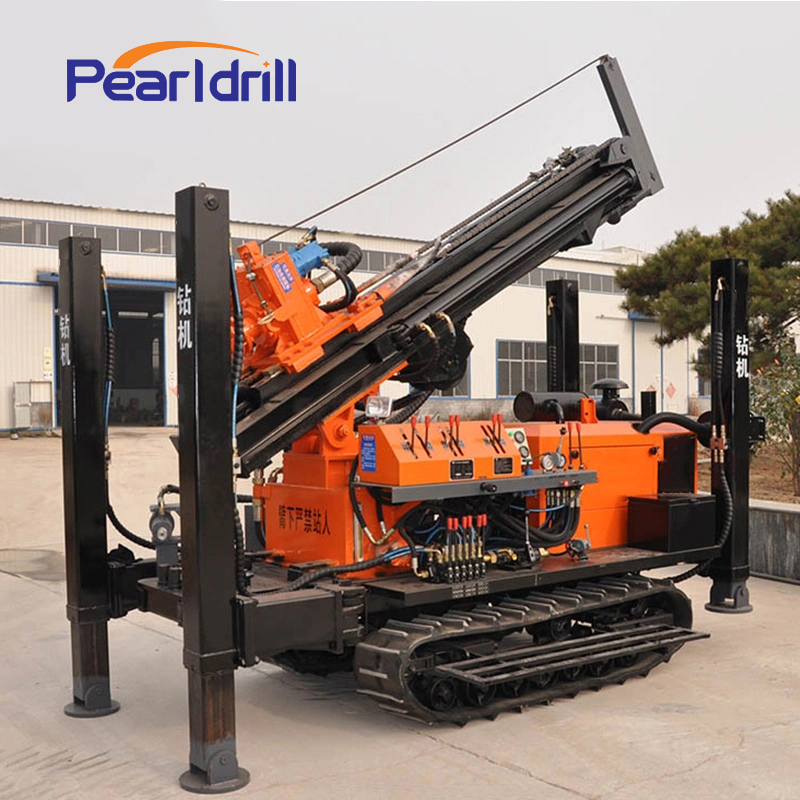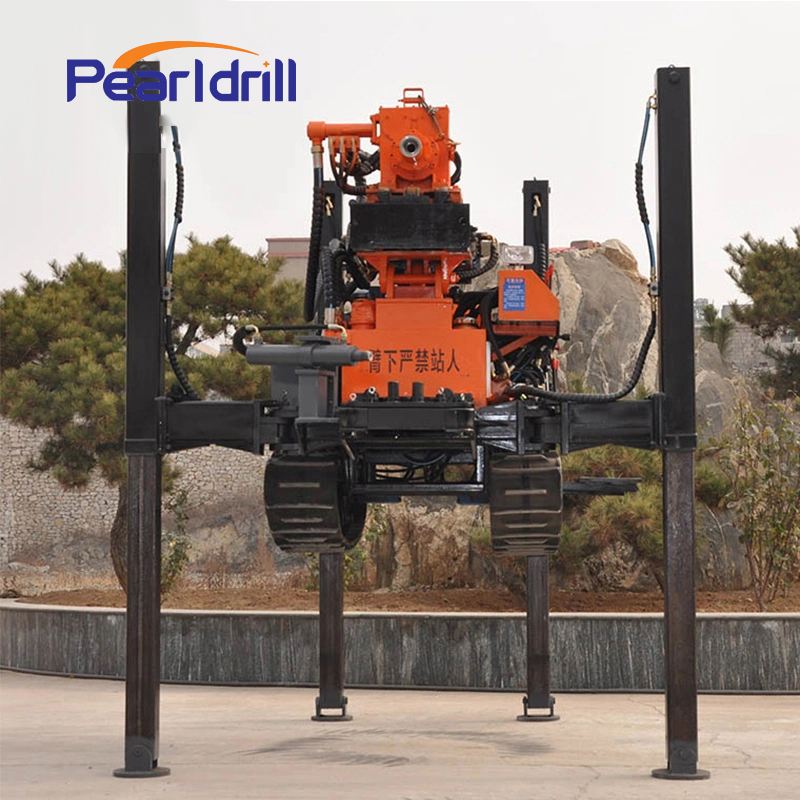How Water Well Drilling Rigs Conduct Geological Surveys in 2025
Basically, finding and managing groundwater starts with a good hydrogeological survey, and the water well Drilling Rig is the most important tool we use for that. Fast forward to 2025, and this whole business of water well surveying is getting much faster, smarter, and way more accurate. It's all about packing the latest technology into the rigs to deal with tricky rock formations and get better data.

I. Cutting-Edge Drilling Methods
1. Fancy Air Drilling Techniques: Air drilling is a winner, especially in dry or really hard rock, because it's super fast and doesn't mess up the ground. Now, we're mixing it up with stuff like foam or mist to create a "multi-media reverse circulation drilling" system. This mix-and-match approach is great for lifting cuttings out of complex ground faster and works especially well for big jobs like geothermal wells or large-diameter wells.
2. Reverse Circulation (RC) is the Bomb: This technique uses pumps, jets, or air to suck up a massive amount of rock cuttings quickly. Compared to the old-school way (forward circulation), RC is much better at keeping the hole from caving in, particularly in loose soil or gravel, and it gives us much better samples, making sure the well is drilled cleanly.
3. Diamond Wireline Coring: This is the way to go for getting almost perfect, full-length rock samples (cores). It boosts efficiency and gives us a high 'rock recovery rate,' which is vital for seeing the fine layers of geology and figuring out the structure of the water-bearing layers. Plus, the drill setups are now modular, so we can quickly switch drilling methods to suit whatever kind of ground we hit.
II. Rigs Are Getting Smarter and All-in-One
1. Fully Hydraulic Truck-Mounted Rigs: These drills are super mobile they can quickly pack up, move to a new site, and get set up fast. They use a totally hydraulic system with sensitive controls for massive lifting power, high torque, and smooth, continuous speed changes. This seriously reduces the physical work for the crew, makes the job safer, and speeds things up a lot.
2. Smart Monitoring and Sensor Tech: As we drill, smart sensors are stuck either on the drill bits or down the hole, constantly checking things like drilling pressure, torque, fluid flow/pressure, and even the temperature down the well. A smart monitoring system uses this info to give real-time warnings and diagnostics for ground changes or problems like a lost circulation or a stuck drill. This allows us to constantly tweak the drilling settings for optimal performance.
3. Remote Control and Automation: The newest rigs can even be driven around and handle simple drilling steps, like adding new drill pipe sections, using a wireless remote control. This makes the operation much safer and easier, boosting overall efficiency.

III. Getting Super Detailed Geological Data
1. Drill-as-you-Log and Steer Tech: We're using smart sensors down the hole to get geological and engineering data in real-time while we're drilling. This "Measure-Log-Steer-While-Drilling" combined approach is like giving the rock formations a "CT scan" it creates a high-definition image of the ground. This helps us decide where to steer the drill bit next and hits the water-bearing zones more accurately.
2. High-Quality Rock Sample Analysis:
Pristine Core Samples: Using techniques like diamond wireline coring, we pull out full, continuous rock samples from key water layers. These physical samples are the most direct evidence we have for studying the rock type, structure, and water properties.
Smart Cuttings ID: Logging technology is used to automatically collect, clean, and describe the small rock fragments (cuttings) that come up during drilling. Then, we use AI and image recognition to help geologists quickly and accurately name and map out the different rock layers.
3. Deep Dive with Geophysical Logging: Once the hole is drilled, we send down state-of-the-art tools (using electrical, sonic, nuclear, and magnetic methods) to do a "well log." This is the ultimate "X-ray vision," giving us centimeter-accurate data on all the layers we passed through. It's critical for pinpointing exactly where the water is, how thick the layer is, the water quality, quantity, and how porous the rock is.
Bottom Line:
In 2025, water well surveying is a complete package it's all about advanced drilling methods, smart equipment, and getting incredibly detailed information about the ground. Moving forward, hydrogeological drilling is just going to keep getting more efficient, safer, greener, and much, much smarter.
Interested in high-quality, cost-effective drilling solutions? Click the link to contact us now!
Contact us

